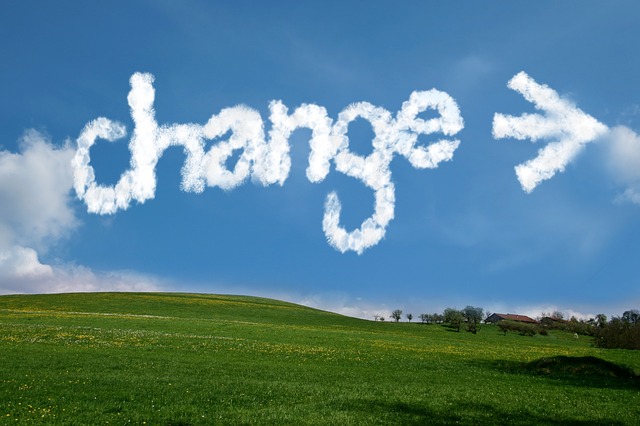One question, clients have often asked "If I change my backup vendor, will I be able to access my old backups?" The answer is always yes, as there has always been a way to do this but Its going to take a lot of time, has high risk associated with it, it doesn't retain the backup meta data (retentions, original backup dates etc), and its going to cost many thousands of dollars to perform it.
The costs of not migrating data should not be overlooked. If you change vendors, but don't migrate data you will either end up maintaining a smaller footprint environment for legacy restores or outsourcing your recovery to a specialist company, sending media offsite when a restore is required, if you can determine which media it is on. Maintaining the legacy software and hardware, plus the cost of managing the media for the life of the data (7 years or so).and for the retaining of skilled resources to administer the legacy environment need to be taken into consideration. Alternately, using a specialist recovery company can work out to be a costly exercise, security of media and data in transit need to be assured, along with the impact of extended time to recover. Where data is not managed through a single solution, additional issues will arise where Application or Database data will require, additional steps or processes to make that data usable after it is retrieved.
When planning a "switch-out" of a backup vendor, consideration needs to be given to the integration of the new solution into the existing environment. Backup products are not simple, due to the inherent complexity of the software systems they are protecting, such as operating systems, databases and messaging applications. Each backup vendor has their own unique interface and their own format for storing data, the way they access the data for backup and restore also differs as they use bespoke agents or outdated APIs. All these issues make makes this less of a case of a "switch-out" and more of a managed transition.
To reduce the risks through a managed, automated, cost effective way, that keeps original catalog meta data, and allows for the recovery of the legacy backups, directly through the new backup vendors software we have created Tranzman, to empower the move and make migrations simple.
Tranzman migrates the catalog first, this is much faster than the traditional restore and backup approach, and allows for the legacy backup product to be retired sooner.
When a catalog has been migrated, you can either use Tranzman for "recovery on demand" or to perform an "automated duplication". Both of which are done using Tranzman data readers without the need for the original backup vendors software. You can decide if you want to convert all your data in an automated way, or if you want to reduce the migration costs and can retain some tape infrastructure, you only need to convert what you need when you need to restore it.




